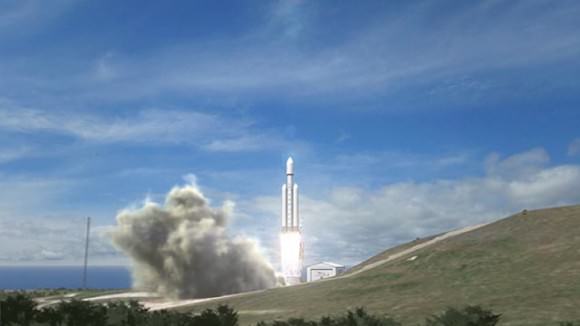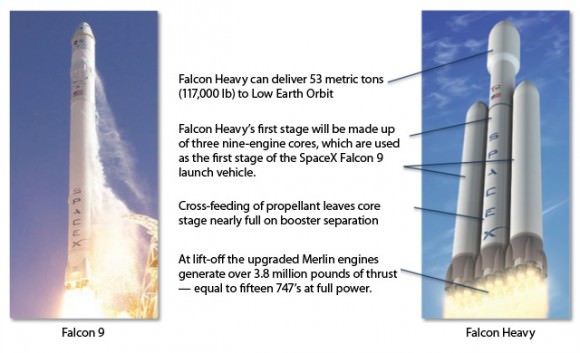[/caption]
Space Exploration Technologies (SpaceX) is now one more step closer to sending astronauts to orbit. The commercial space firm announced today that it has completed a successful review of the company’s launch abort system (LAS). SpaceX’s LAS, dubbed “DragonRider” is designed differently than abort systems that have been used in the past.
The first review of the system’s design and its subsequent approval by NASA represents a step toward the realization of the space agency’s current objective of having commercial companies provide access to the International Space Station (ISS) while it focuses on sending astronauts beyond low-Earth-orbit (LEO) for the first time in four decades.
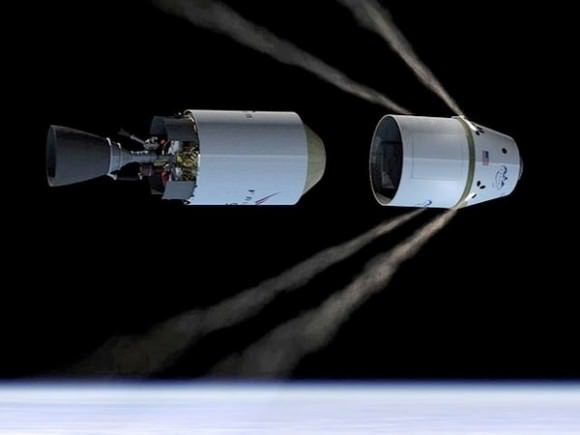
“Each milestone we complete brings the United States one step closer to once again having domestic human spaceflight capability,” said former astronaut Garrett Reisman, who is one of the two program leads who are working on SpaceX’s DragonRider program.
With the space shuttle program over and its fleet of orbiters headed to museums, the United States is paying Russia an estimated $63 million per seat on its Soyuz spacecraft. SpaceX has estimated that, by comparison, flights on a man-rated version of its Dragon spacecraft would cost approximately $20 million. Despite the dramatically lower cost, SpaceX has emphatically stated that safety is one of the key drivers of its spacecraft.
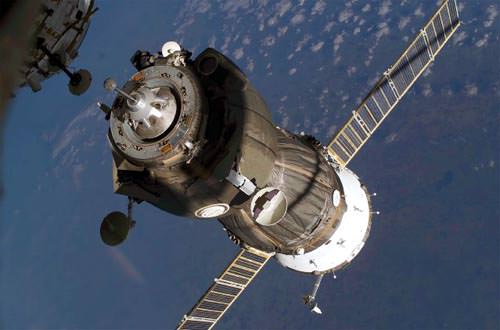
“Dragon’s integrated launch abort system provides astronauts with the ability to safely escape from the beginning of the launch until the rocket reaches orbit,” said David Giger, the other lead on the DragonRider program. “This level of protection is unprecedented in manned spaceflight history.”
SpaceX had already met three of NASA’s milestones under the Commercial Crew Development (CCDev) contract that the company has signed into with the U.S. space agency. With the Preliminary Design Review or PDR completed of the abort system SpaceX can now rack up another milestone that it has met.
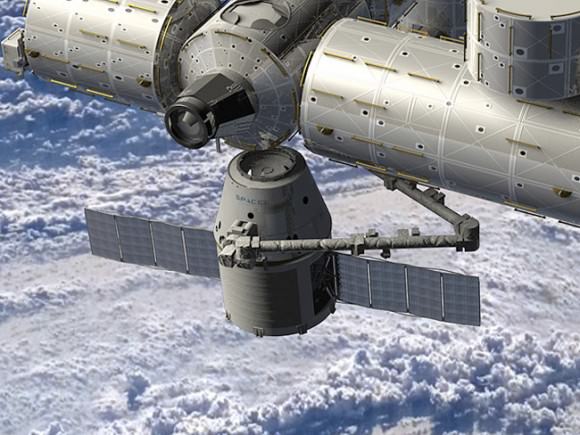
Unlike conventional abort systems, which are essentially small, powerful rockets that are attached to the top of the spacecraft, Dragon’s LAS is actually built into the walls of the Dragon. This is not an effort just to make the spacecraft’s abort system unique – rather it is meant as a cost-cutting measure. The Dragon is intended to be reusable, as such its abort system needed to be capable of being reused on later flights as well. Traditional LAS simply do not allow for that. With every successful launch by conventional means – the LAS is lost.
SpaceX is also working to see that this system not only can save astronaut lives in the advent of an emergency – but that it can actually allow the spacecraft to conduct pinpoint landings one day. Not just on Earth – but possibly other terrestrial bodies – including Mars.
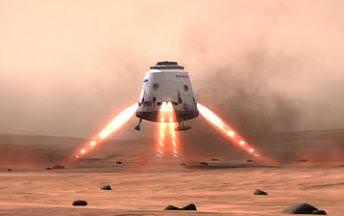
To date, SpaceX has launched two of its Falcon 9 launch vehicles. The first occurred on June 4 of 2010 and the second, and the first under the Commercial Orbital Transportation Services (COTS) contract took place six months later on Dec. 8. This second mission was the first to include a Dragon spacecraft, which was recovered in the Pacific Ocean off the coast of California after successfully completing two orbits.
“We have accomplished these four milestones on time and budget, while this is incredibly important, it is business as usual for SpaceX,” said SpaceX’s Vice-President for Communications Bobby Block during an interview. “These are being completed under a Space Act Agreement that demonstrates the innovative and efficient nature of what can be accomplished when the commercial sector and NASA work together.”




